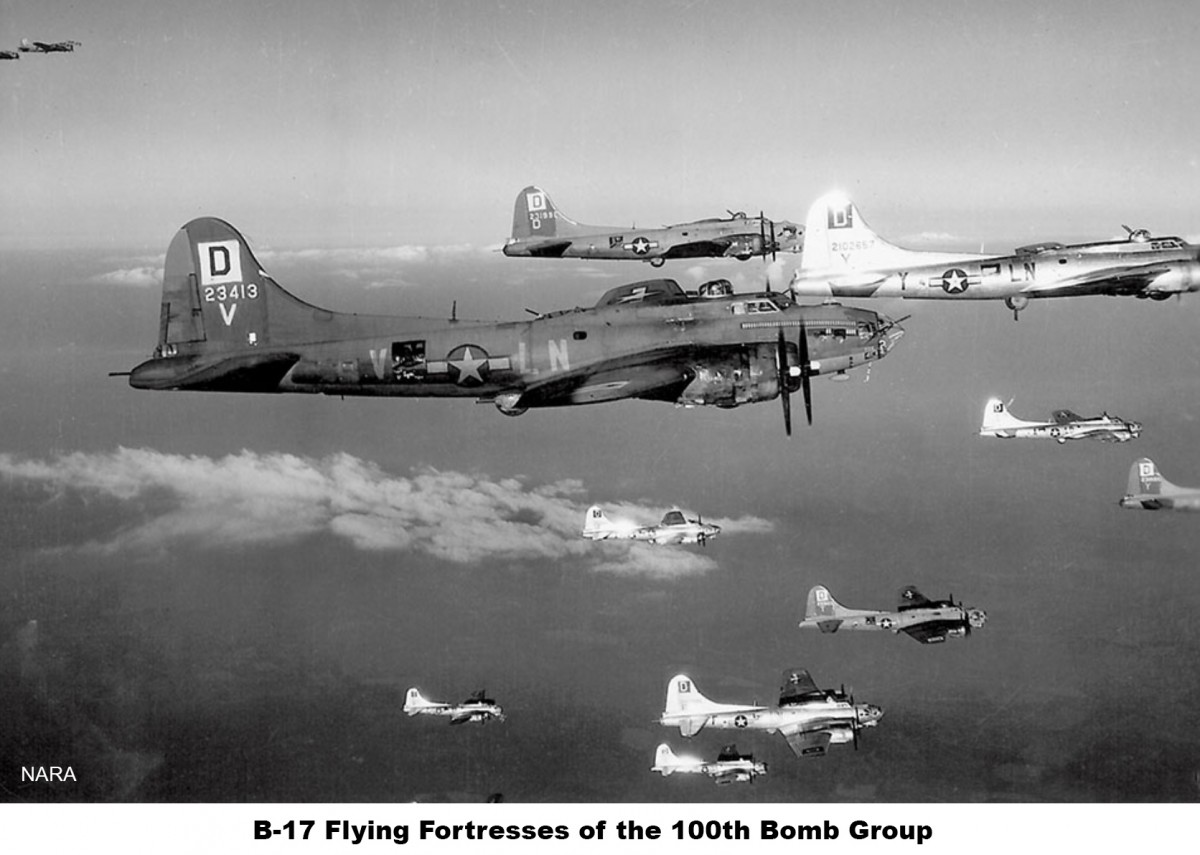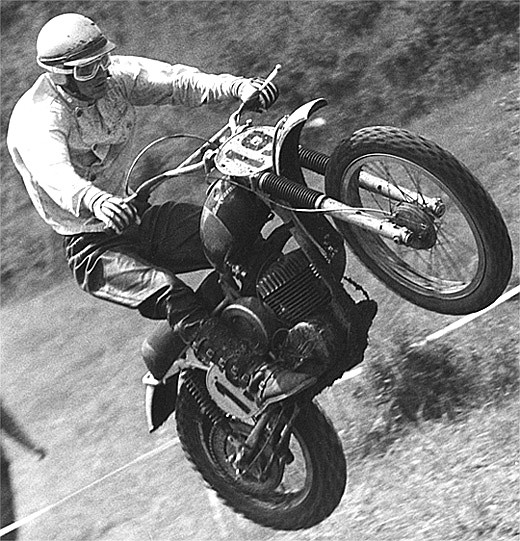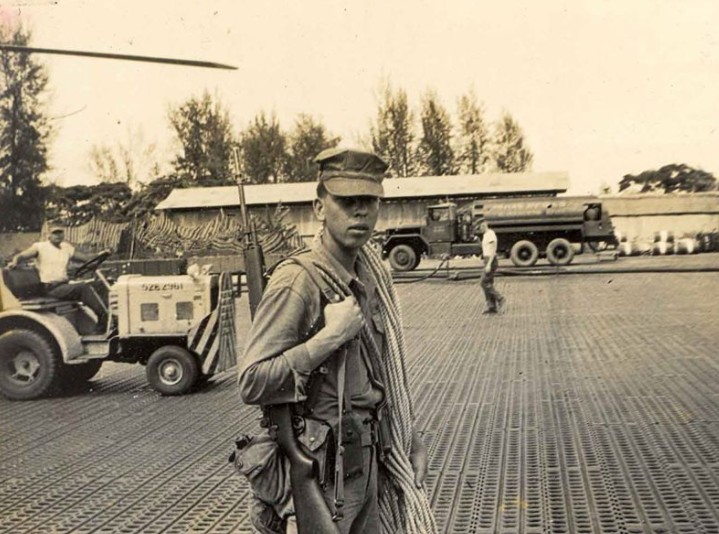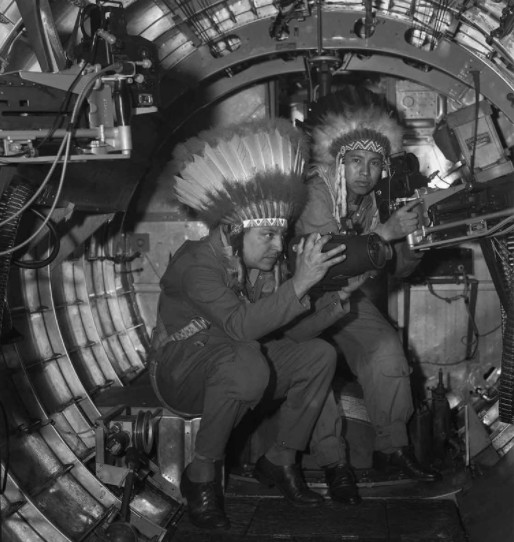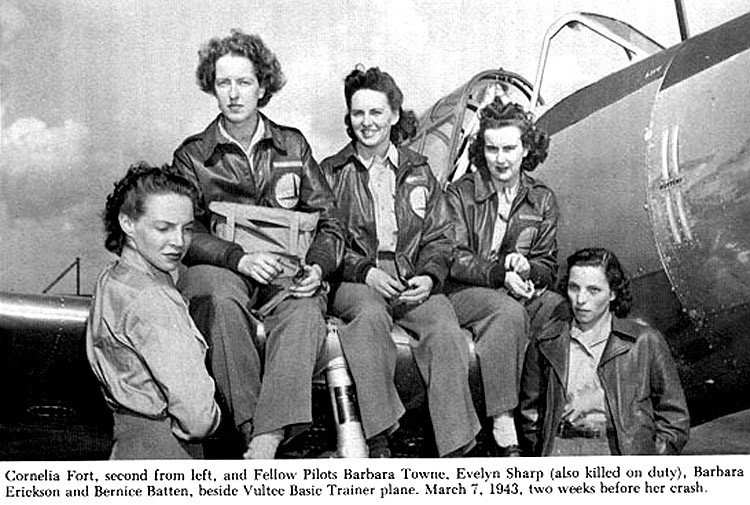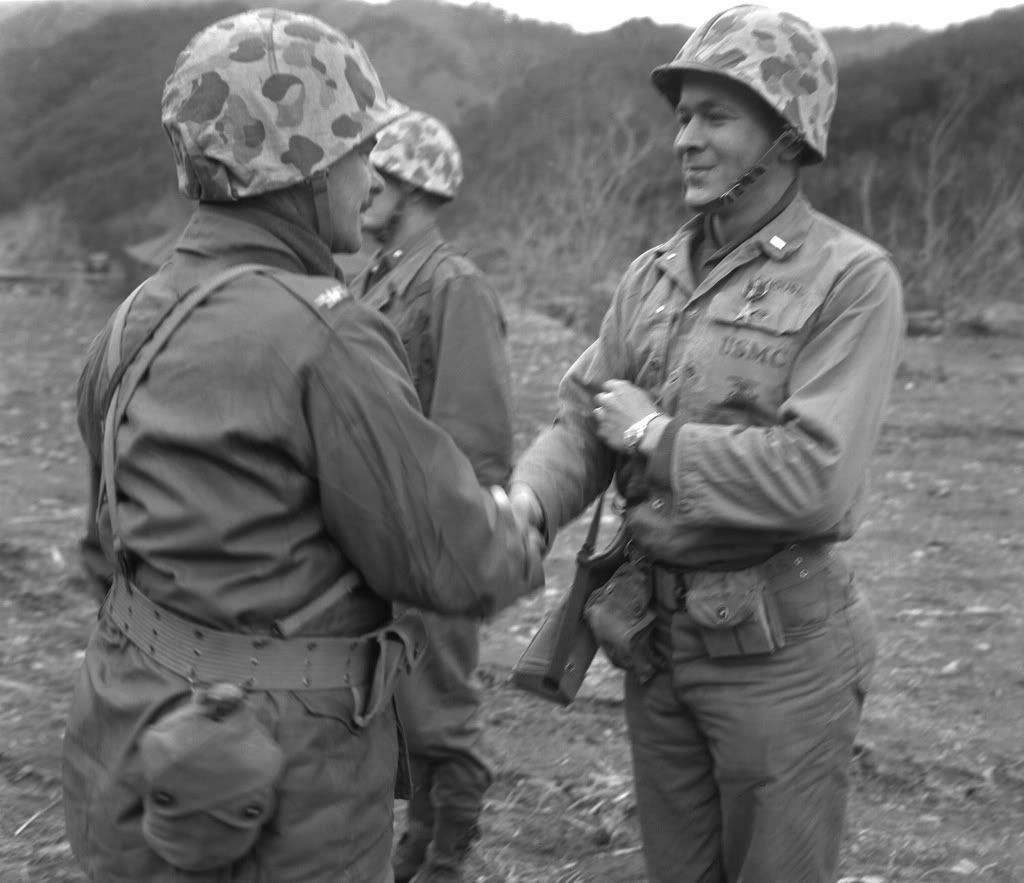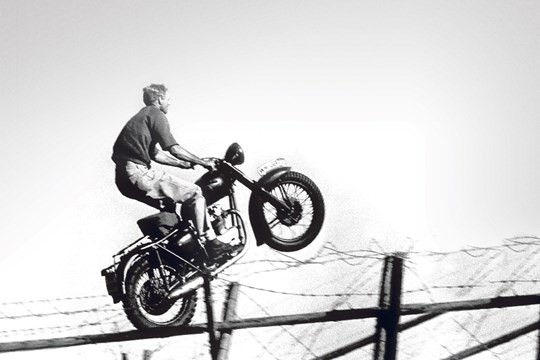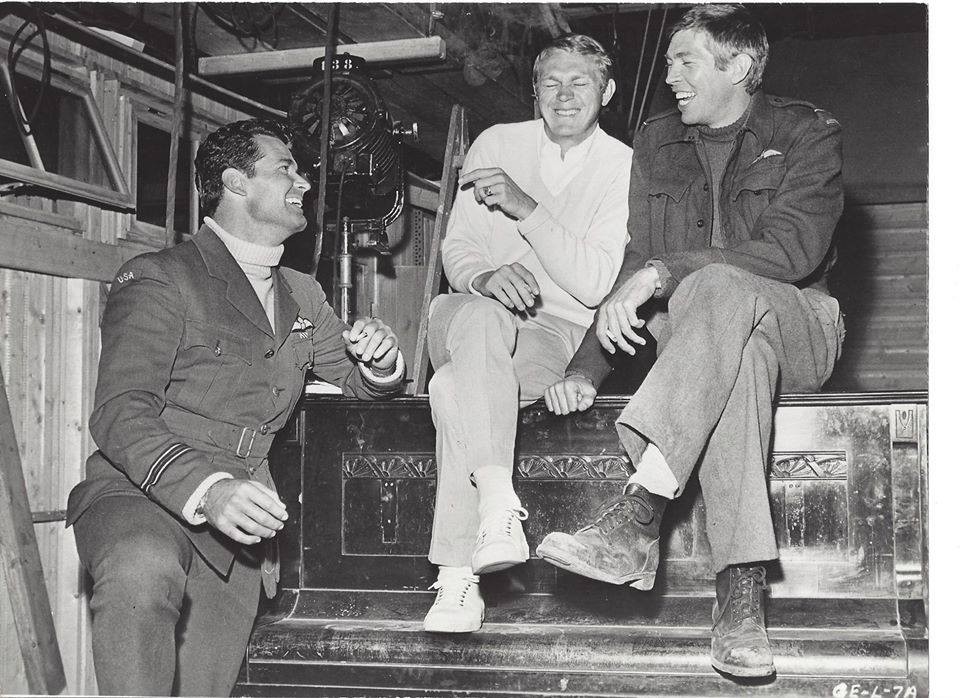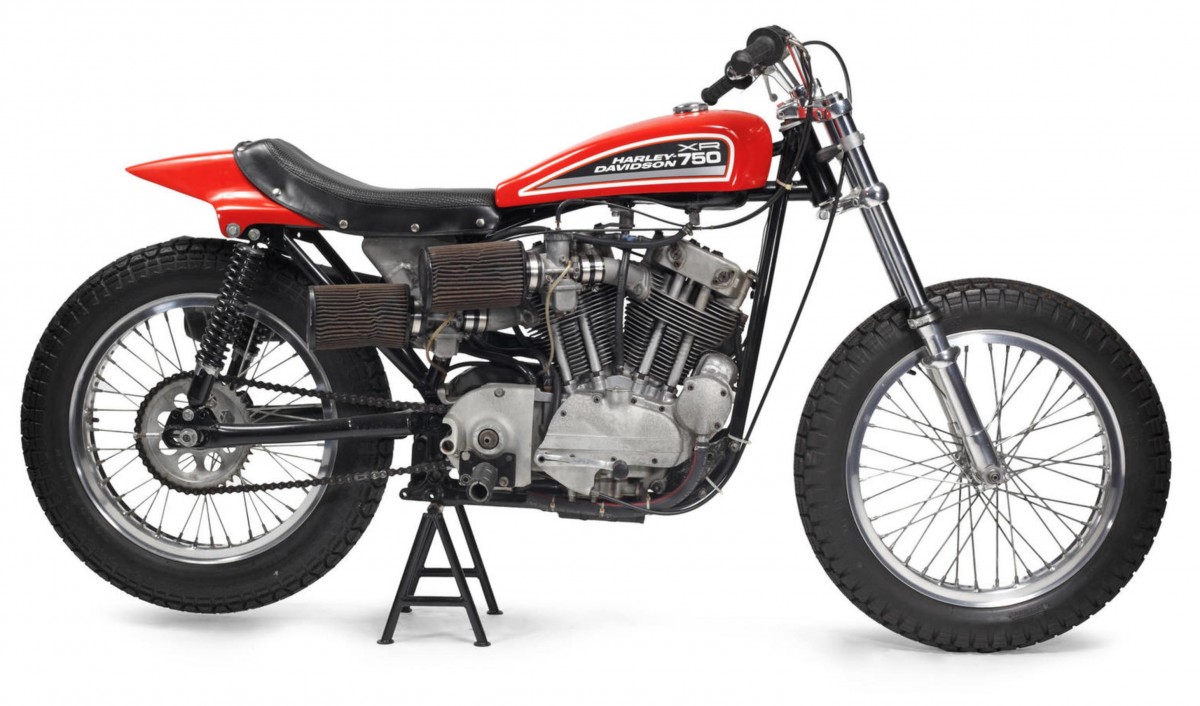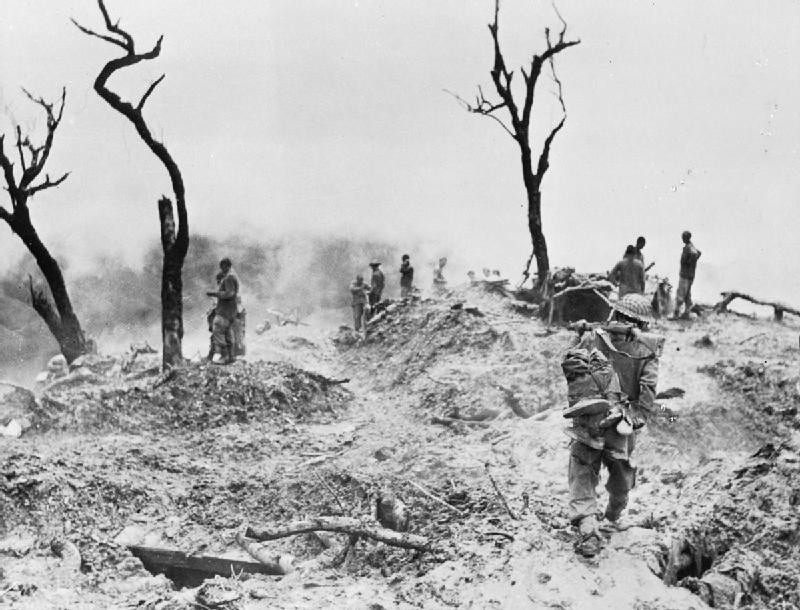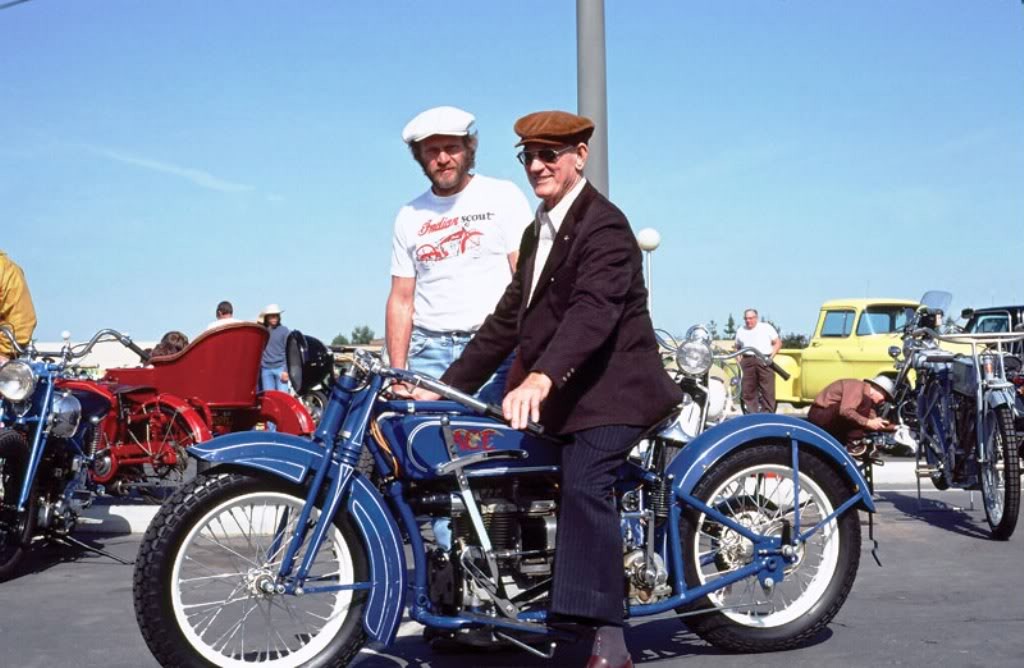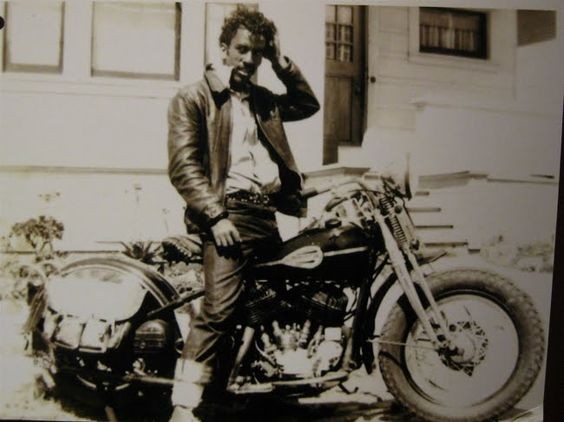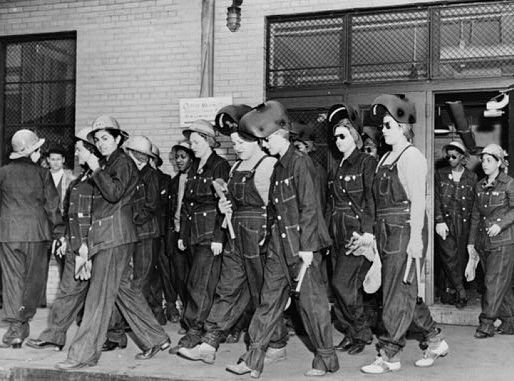
Like numerous other WWII aviation aficionados, here at Eastman we have an ongoing fascination with the USAAF 100th Bombardment Group - or ‘Bloody Hundredth’ as they came to be known due to a reputation for unusually high loses.
Such is the enchantment with the brave men of the 100th, the forthcoming and much discussed Steven Spielberg / Tom Hanks / Apple mini-series ‘Masters Of The Air’ is a dramatisation of their story. Based on the book of the same name by Donald Miller, it follows their incredible and harrowing story as they fly mission after mission into occupied Europe. We’re very pleased to say that we were selected by the production for supply of the flight jackets and other related garments for use in the production, which is provisionally set to air in January 2024.
As part of the extensive Eastman collection, we have General Harold Q. Huglin’s original wartime A-2 jacket and uniform on display at the Eastman showroom. Huglin was commander of the 100th itself for a short period, and then went on to command the 13th Combat Wing, of which the 100th was a part. Huglin was known for his obsession with statistics, and kept his own very detailed records of how his groups performed within themselves, and between each other. In the 1949 film ’12 O’Clock High’, a fictitious wartime ‘hard-luck’ bomber group (the 918th) which was experiencing unusually high loses and had become very low in morale, was supposedly loosely based on the 100th. The new commanding officer (General Savage, played by Gregory Peck) who was sent to sort them out, was an amalgamation of several senior officers including Huglin.
He was promoted to Brigadier General on 23 January 1945, and for his service in Europe with the Eighth Air Force, during which he flew nine combat missions, he was awarded the Silver Star, the Legion of Merit, the Distinguished Flying Cross, the Bronze Star Medal, the Air Medal and the Commendation Ribbon with two Oak Leaf Clusters. His citation for the Distinguished Flying Cross read:
For extraordinary achievement while serving as Commander in the Air of a Wing of B-17 aircraft on a heavy bombardment mission against the enemy over Germany, 5 August 1944. The Target on this very deep penetration into enemy territory was an important aircraft and motor works plant at Magdeburg, Germany. Under Colonel Huglin's efficient direction, wing assembly was made and a superior formation maintained throughout the mission. Intense, accurate anti-aircraft fire was encountered over Magdeburg, but despite this and the added difficulty of clouds obscuring the target, Colonel Huglin led his formation directly to the target. The success obtained on this operation was largely due to the superb leadership of Colonel Huglin. His action on this occasion reflects the highest credit upon himself and the Armed Forces of the United States.


The ‘Bloody Hundredths’ story began at Orlando Army Base, Florida on June 1st, 1942, but it would not be until October 27th, 1942, that the full complement of personnel populated the unit. The Group was officially activated on November 14th, 1942, when Col. Darr Alkire became the group’s first Commanding Officer. In December, during their second phase of training, the total strength of the Group was 37 crews, with ten men on each crew. They trained at Walla Walla Washington, Wendover Field-Utah, Sioux City-Iowa, and Kearney-Nebraska.
Once their training was completed, they were assigned to combat status and flew to England on May 25, 1943 to participate in the day-light precision bombing campaign of Germany. They arrived at Station 139, Thorpe Abbotts near Diss in Norfolk on June 8th, 1943. Three days later, Huglin, who was at that time a Colonel, was given command of the group which became combat operational on June 25th, 1943, and unofficially gave itself the additional designation of ‘Century Bombers’. After their first mission however, any sense of adventure and bravado soon came to a halt as three planes with their crews (30 men) were lost over Bremen.
That first mission was their baptism of fire, literally. By the end of the day the grim reality of air-war and day-light precision bombing was seared into the young mens minds as they got their first taste of what is was like to lose fellow comrades who they had trained, sweated and laughed with up to then - including pilot Oran Petrich and his crew - one of the first assigned to the 100th. The group acquired its reputation as a ‘hard-luck’ unit very early in its operations, for which it became infamously known as the ‘Bloody 100th’. The average life expectancy of an 8th Air Force B-17 crewman in 1943 was eleven missions!
On July 2nd, 1943, Col. Neil B ‘Chick’ Harding assumed command of the Group with Col. Huglin being moved up the echelon to the 13th Combat Wing HQ which comprised bomb groups 95th, 100th and 390th. ‘Chick’ would command the 100th until March 7th, 1944, and by which time the unit had already become legendary. From June 25th, 1943, until April 20th 1945, the 100th Bomb Group would never go off operational status due to losses.
Their glowing combat record included the following:
From June 1943 to January 1944 the unit concentrated its efforts against airfields, submarine facilities and aircraft industries in France and Germany. During this time they were involved in the epic air battles over Regensburg - Aug.17th, 1943 (for which it received its first Presidential Unit Citation) and ‘Black Week’ - October 8th-14th, 1943 (Bremen, Munster, Marienburg and Schweinfurt - nicknamed ‘Black Thursday’ because the 8th Air Force lost 60 bombers). It also led the bombing of Rujkan in Norway, which delayed the manufacture of heavy water for the German atomic bomb.
From January to May 1944, the Group bombed enemy airfields, industrial areas, marshalling yards and V-1 missile sites, including participation in the allied campaign against enemy aircraft factories during ‘Big Week’, February 20th-25th, 1944. It participated in the first daylight raid against Berlin (March 4th, 1944) and completed a series of attacks against that city on March 6th and 8th, 1944, for which the 100th was awarded a second Presidential Unit Citation. The Group also lost their beloved Col. Harding who was relieved of command due to illness, and his replacement Colonel Robert H. Kelly (KIA) who was shot down on his first mission April 28th, 1944 one week after taking command.
In the summer of 1944 oil installations became the major target. The Group also engaged in support and interdictory missions, hitting bridges and gun positions in preparation for the Normandy invasion in June 1944. On June 6th, 1944 (D-Day), the Group flew 3 missions in support of the ground troops. Later that month the 100th participated in the first Russian shuttle-mission led by new Group C.O. Colonel Thomas S. Jeffrey.
From July to September 1944 the 100th struck at enemy positions in St. Lo and Brest and concentrated on the oil refineries at Merseburg, Ruhland, Politz and Hamburg and flew a second Russian shuttle mission along with two low level supply drops to the French Maquis. For attacking heavily defended German installations and dropping supplies to the French Forces of the Interior they received the French Croix de Guerre with Palm.
In October to December 1944, they attacked transportation, oil refineries and ground defences in the drive against the Siegfried Line. They were involved in the December 24, 1944 mission to attack communication centres and airfields in the Ardennes sector during the Battle of the Bulge. On February 2, 1945, Colonel Frederick J. Sutterlin took command and would remain there until after the end of the War. On Feb 3rd, 1945 they led the entire third Air Division on a mission to Berlin. Leading the group was Major Robert ‘Rosie’ Rosenthal flying his 52nd Mission. Along with John Egan and Gale Cleven, Rosie was one of the greatly respected and inspirational leaders in the unit.
From January to April 1945, the Group concentrated on marshalling yards, bridges, factories, docks, oil refineries and ground support (including the airborne assault across the Rhine in March 1945). By March 1945 the Luftwaffe was a limited but effective force and used both ME 262 jet fighters and ramming techniques to try and thwart the 100th Bomb Group and the 8th Air Force’s continual bombing. On April 20, 1945, the 100th Bomb Group flew its last combat mission to Oranienburg (Berlin) with no losses,
The following month the 100th's aircrews dropped food to the people in the west of the Netherlands, and in June transported French Allied former prisoners of war from Austria to France. In December 1945, the group returned to the U.S., where it was deactivated at Camp Kilmer, New Jersey, on 21st December 1945.
The bravery and reputation of the 100th is now legendary, and while many deemed the unit an unlucky group to be stationed to, Major John Bennett summed it up best when he said: “what the 100th lacks in luck it makes up for in courage. The men of the Century Bombers have fighting hearts.”
